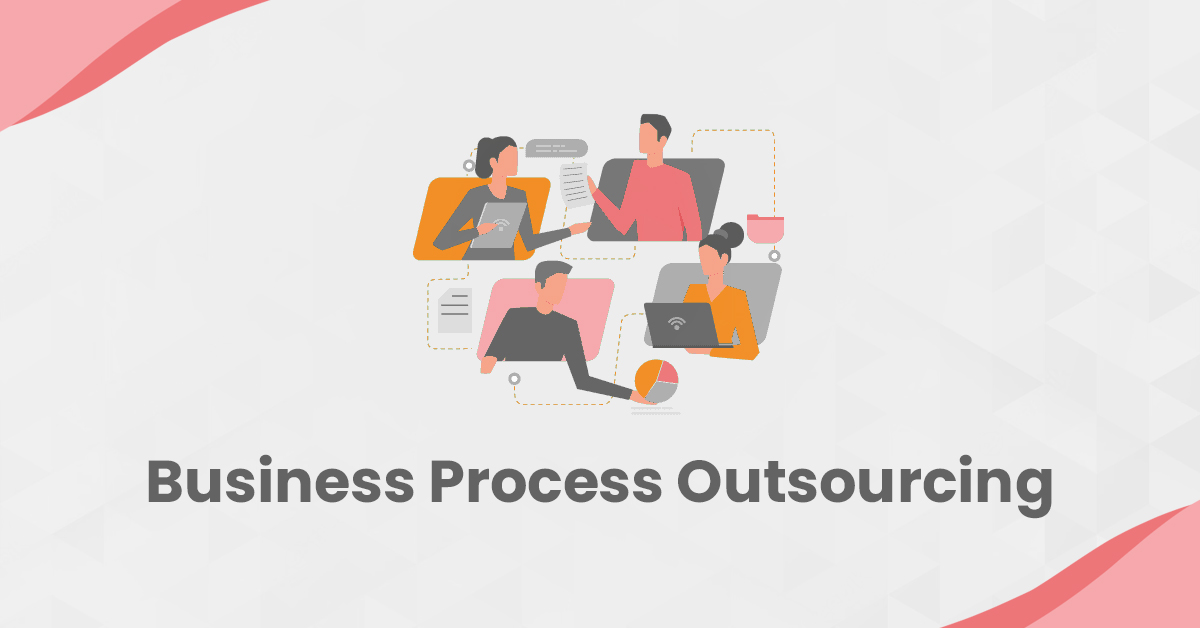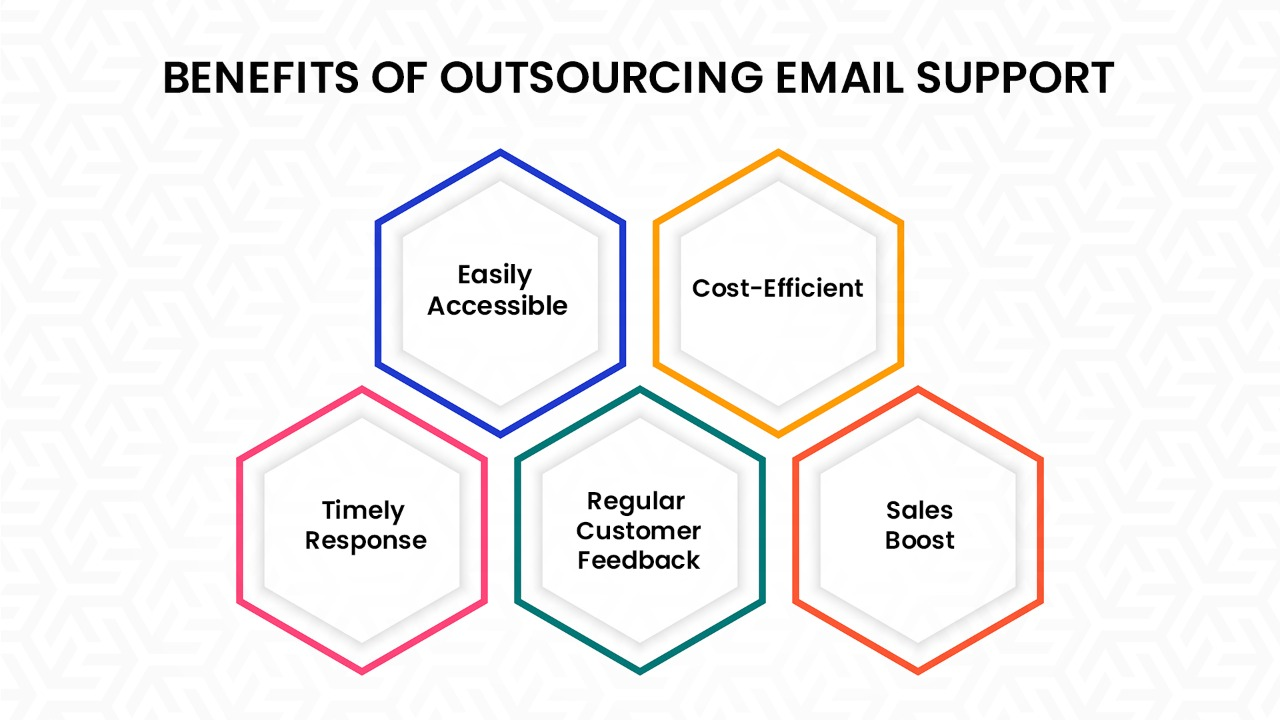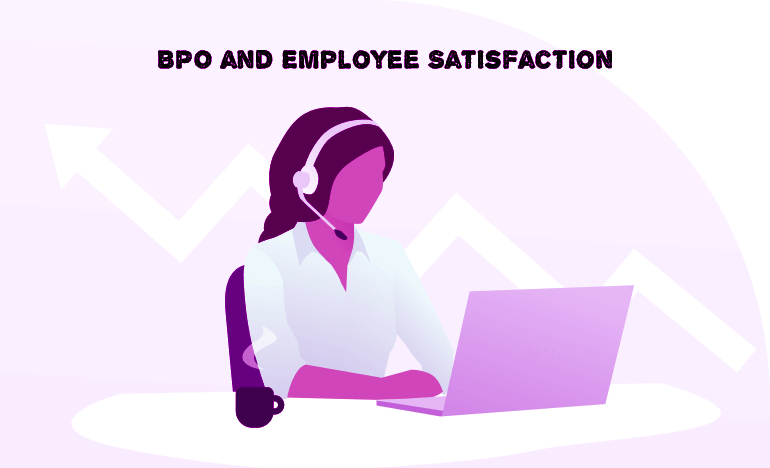CX Mistakes That Are Costing Your E-commerce Sales
E-commerce has changed the way how we shop and do business, making buying and selling products and services easier online. Here are some common mistakes in E-Commerce that are made and their practical solutions to help you improve your business online and survive in this world.
1. Insufficient Staff Training
If the customer support staff is not properly trained, they may provide incorrect or incomplete information to customers, leaving them dissatisfied. Customers expect a business representative to know the answer to all their questions, so training the staff is critical when it comes to customer service.
2. Product Descriptions
Irrelevant and badly written product descriptions can reduce your sales and can also lead to confusion.
Some common issues with product descriptions can harm your sales.
- Lacking detail
- No Comparison between Products
- Not Explaining Benefits
3. Irregular Communication Channel
E-commerce customer service spans different channels of communication. These can include social media, emails, live chats, or phone. It totally depends on the customer preference. It helps in creating unique brand identity for your business and gives you a massive edge over your competitors.
4. Customer feedback
The best way to understand what you’re lacking in customer service than customer feedback itself is when a customer tells you what you need to improve and work on it. Customer feedback helps you with the following:
- Identifying pain points
- Understanding customer expectations
- Measuring customer satisfaction
- Validate business decisions
5. Slow Response Times
Customers want immediate responses to their inquiries, and they are not to fault. Have you noticed how much our attention spans have shrunk over time? Slow response times in e-commerce can reduce revenues, damage client retention, tarnish brand image, and weaken consumer loyalty.
6. Lack Of Personalization
Personalized e-commerce customer care improves customer satisfaction scores by enhancing brand loyalty, boosting client retention, and building rapport. Many firms only refer to their clients by order numbers, even though it is critical to address them by name and understand their purchasing history.
7. Improper Measurement of customer performance
There are several benchmarks for measuring customer service performance. These measures include the customer satisfaction score (CSAT), first response time (FTR), average resolution time, net promoter score (NPS), and others. Improper measurement of your e-commerce website can result in poor decision-making, inefficient resource allocation, reduced consumer happiness, and slowed growth.
8. Unclear Return and Refund Policy
An unclear return or refund policy might reduce client trust and retention. This can take the shape of an accessible refund policy that is concealed on the website, or an ambiguous policy that can be interpreted in many ways. A terrible refund policy could also be due to noncompliance. This may result in lawsuits and customer displeasure.
9. Understand the Client Demographics
It simply makes no sense to try to run an e-commerce website without a thorough understanding of your client demographics. An incomplete awareness of the client base can result in unproductive marketing, bad customer service, incorrect pricing, and ineffective personalization. Your e-commerce customer service suffers the most because of this.
10. Self-Help Resources
An online store's self-help tools may include a frequently asked questions (FAQ) page, video tutorials, product manuals, glossary pages, and a live chatbot on its website. As customers, it is expected to receive information as soon as possible. We shouldn't have to look for it; purchasing should be a simple affair.




Comments
Post a Comment